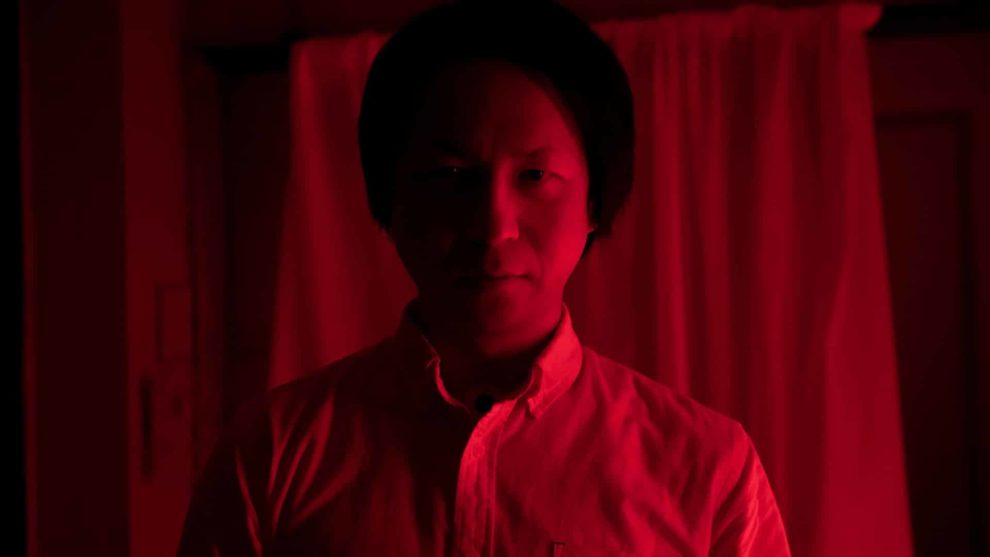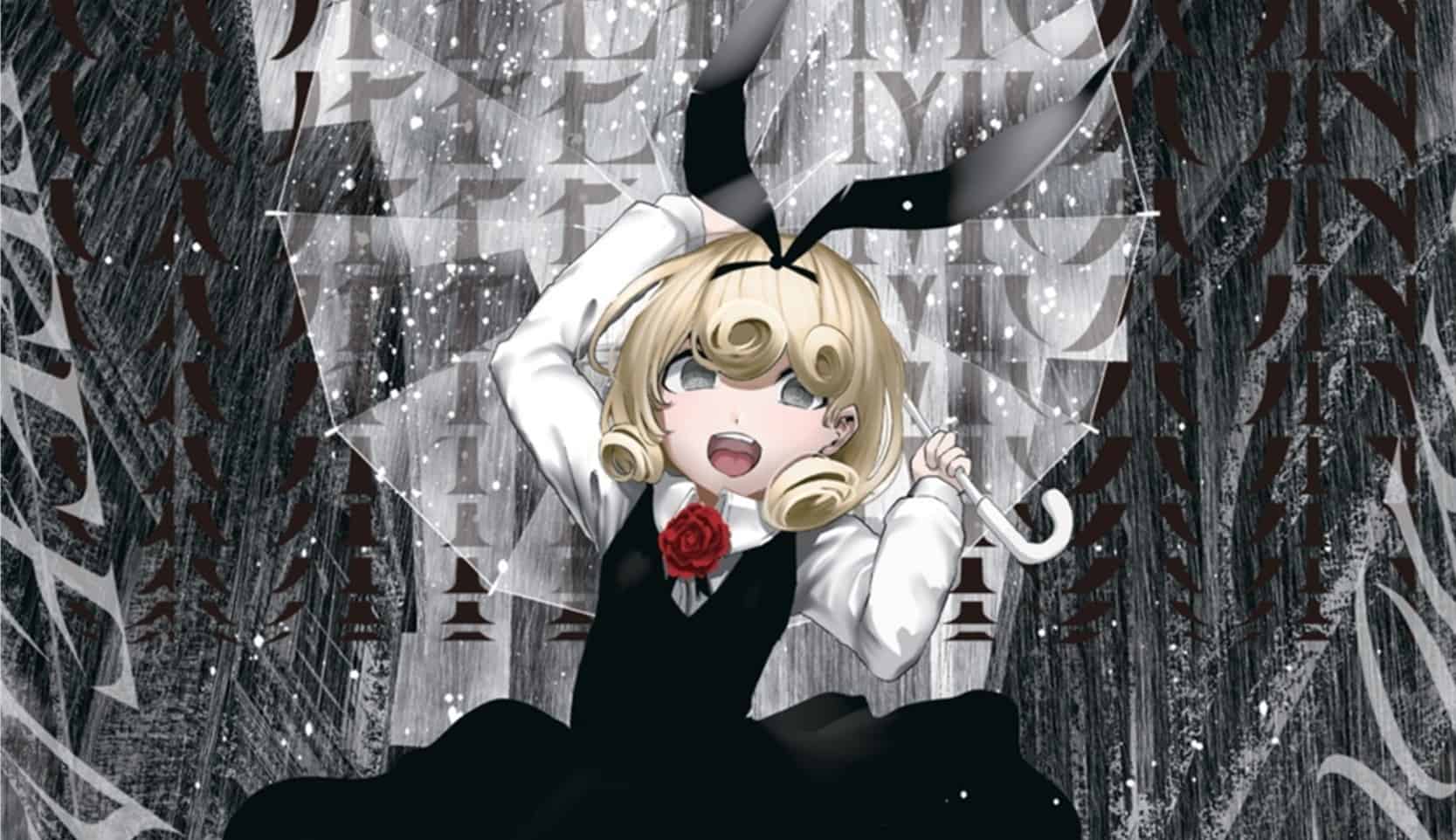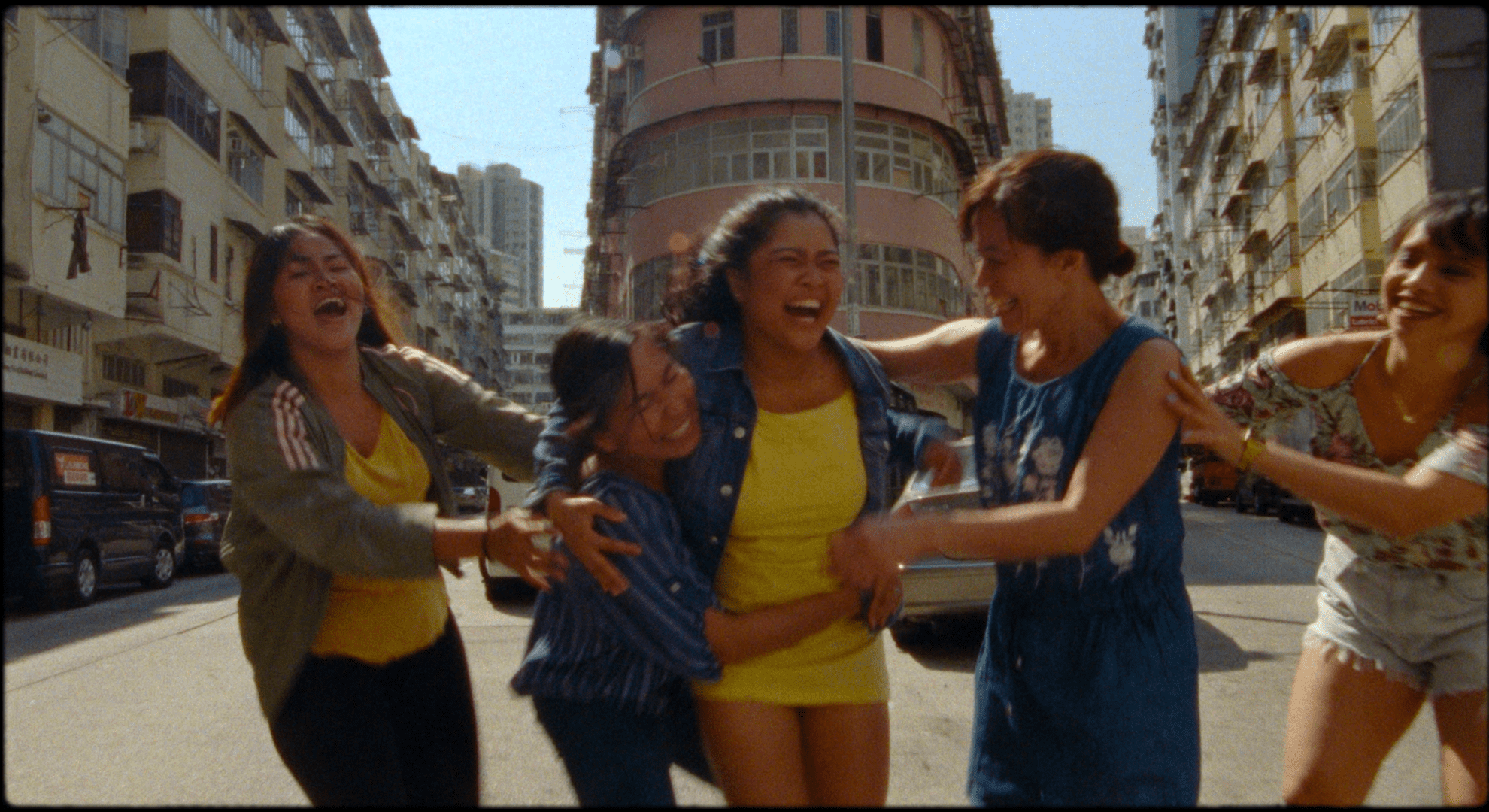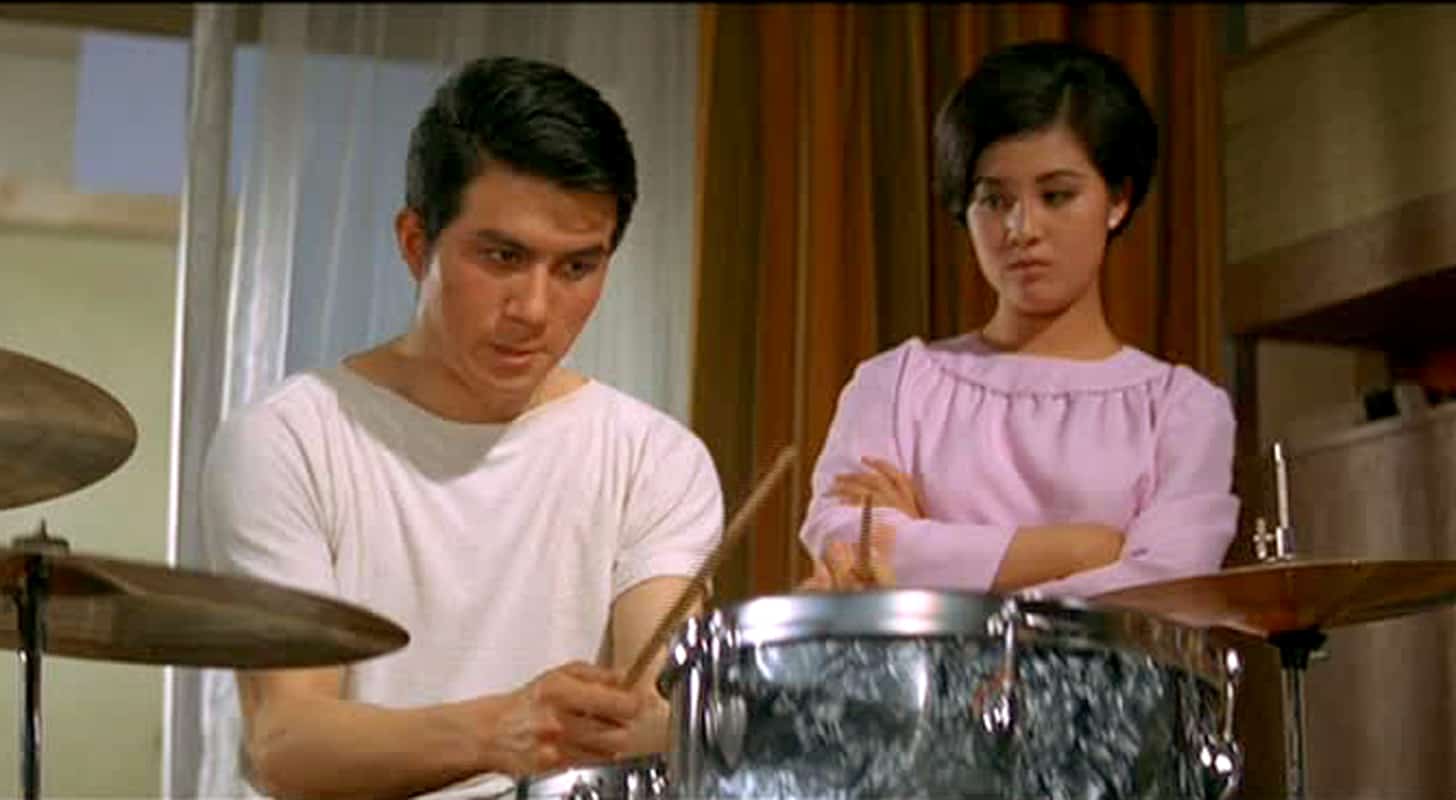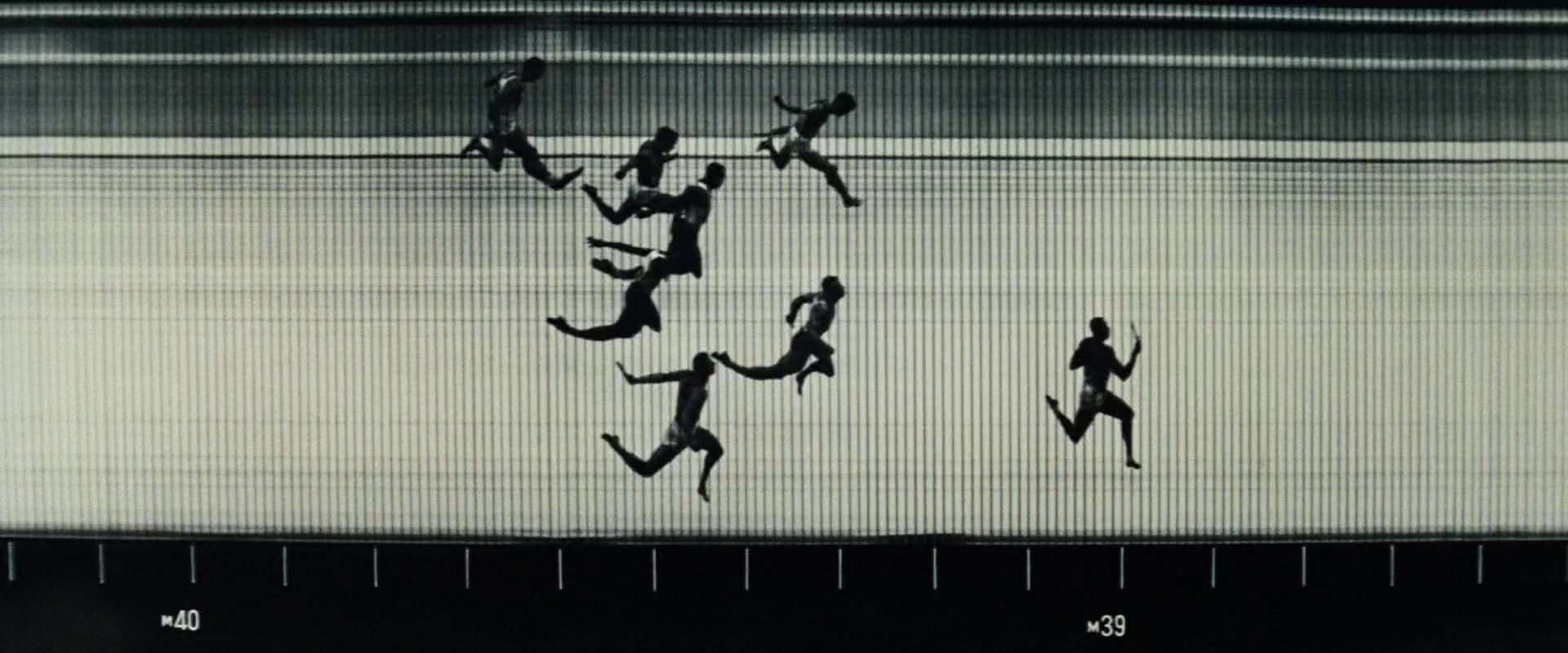Despite the fact that J-horror has been long since dead, particularly in the impact it had during the “Ringu” era, occasionally there are efforts that come out of the Japanese industry that do offer new approaches to the genre, with titles like “BAMY” and “Mimicry Freaks” being the first that come to mind. It is easy to say that Keishi Kondo's feature debut falls under the same category.
New Religion screened at Warsaw Film Festival
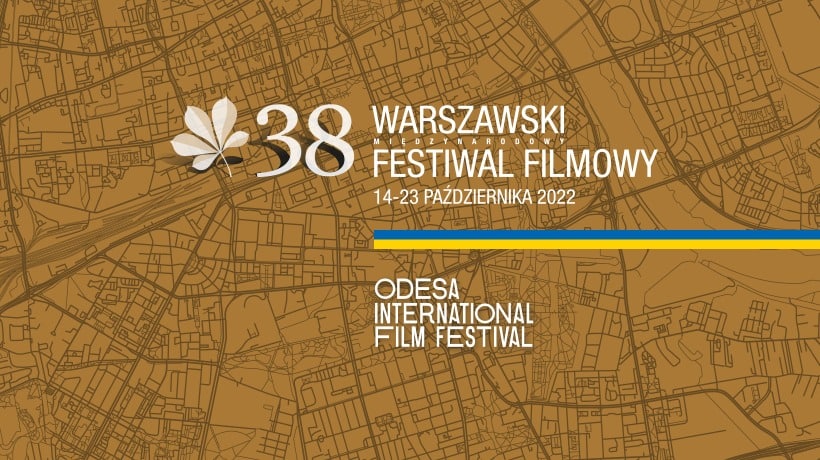
That this film is going to be different is evident from the initial scene, when Miyabi, the protagonist of the movie, realizes that she has not paid attention to her young daughter Aoi for some time. Withοut any kind of drum rolls, both her and the audience realize that the kid has fallen of the balcony and is now dead, with Kondo moving almost immediately to some later time, where Miyabi is living in the same apartment, but with a new boyfriend, desperately trying to overcome the events of the past. At the same time, and in order to retain the lifestyle she had before she got a divorce, she works as a call girl, although considering that the story takes place in the Covid era, even that line of work is experiencing a decline. One of her workers, who seems to be rather unstable, ends up losing it completely, in a series of events that lead Miyabi taking on one of her regulars, Oka.
Oka is a rather strange man, living in an even stranger apartment, who does not want to have sex with Miyabi, just to photograph her spine. To her surprise, the photograph results in a connection with her deceased daughter, which is what brings her back and back again to Oka, who takes pictures of a different part every time. Gradually, Miyabi starts to change, to the surprise of both her boyfriend and her pimp, who become more and more worried about her, as her grip on reality seems to become thinner.
Channeling the dreaminess of Stanley Kubrick's “Eyes Wide Shut” and Kiyoshi Kurosawa's “slow terror” style, Keishi Kondo creates a world where everything seems to be a symbol, and reality, dream, nightmare, past and future co-exist. The result, although intensely complicated, is excellent, with Kondo creating an atmosphere of disorientation, horror, and implied/lurking violence that carries the movie for the majority of its duration, implementing all of its cinematic elements.
In that fashion, DP Sho Mishima bathes his images in intense reds, which, through an iconoclastic approach focusing on butterflies, videos on TV, photographs and a number of other elements, is one of the main ingredients of the aforementioned atmosphere. In combination with the sound and the uncannily electronic score, the movie also takes a ritualistic form on occasion, which adds even more to the horror. Kondo's own editing, which includes both flashbacks and flashforwards, results in a pace that is other times slow, other times fast, in perfect resonance with the overall aesthetics here. Truth be told, the ending could have been a bit tighter, and the regular lagging of the Japanese movie is still here, but these are just minor issues, and by no way do they harm the great sense the movie leaves.
Satoshi Oka as Oka gives a horrifying performance, with his intense look providing one of the most memorable aspects of the film. Kaho Seto as Minami highlights her constant pain and the loss she feels in the most eloquent fashion, even without that many words, while Ryusegun Saionji as her boyfriend gives a rather realistic performance.
Some issues here and there do exist, but considering this is a feature debut, this was to be expected, and in the end, “New Religion” emerges as an excellent movie, with Kondo showing that he might as well be the one that could actually reinvigorate J-horror.


